When can the issues of trademark mutilation and phantom marks become a problem?
Whenever there is a discrepancy between the mark drawn in the application and the specimens showing actual use of the mark, the issues of trademark mutilation and phantom marks may come into play. As discussed in further detail below, mutilation refers to the removal of certain elements. A phantom mark refers to a changeable or variable element in the mark.
Need help with your trademark application? Call patent and trademark attorney Vic Lin at (949) 223-9623 or email vlin@icaplaw.com to see how we can help you get your trademark registered.
What is trademark mutilation?
Trademark mutilation refers to an application drawing that omits certain components of the mark as used in commerce. In other words, the trademark in the application has been mutilated because the drawing cuts out details of the mark as shown in use. The TMEP also refers to this situation as an incomplete representation of the mark.
Are all incomplete representations necessarily mutilated?
No, it may be possible to leave out certain details that are not essential and integral subject matter. The general rule is that the drawing in the application must be a substantially exact representation of the mark as used. The exception to this rule is that the specimen of use may contain minor alterations so long as the application drawing creates a separate and distinct commercial impression.
What are examples of minor alterations considered acceptable by the USPTO?
The case of In re University of Miami 123 USPQ2d 1075 (TTAB 2017) provides helpful examples of acceptable minor alterations that were not mutilated marks. In that case, the University of Miami applied to register a mascot of a bird wearing a particular uniform without wording:
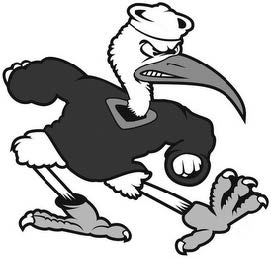
The specimens of use filed in the application showed the following mark (notice the “U” on the hat, “MIAMI” on the shirt, stripes on arms and sides of shirt):
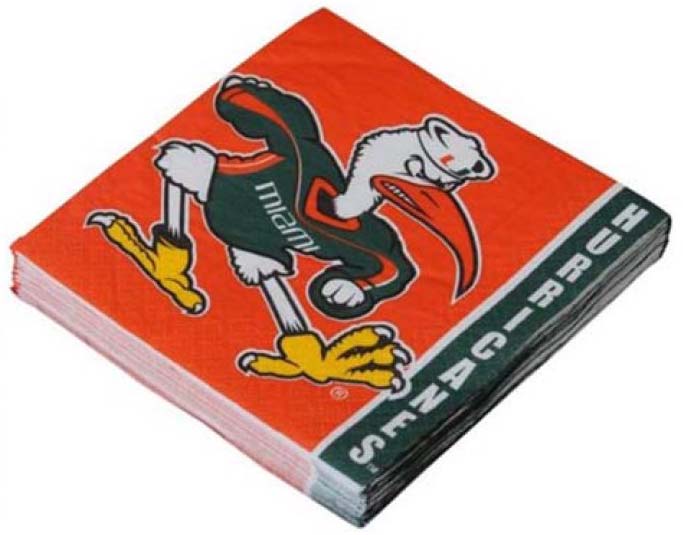
The TTAB held that the specimen was acceptable because the alterations were minor. The application drawing created a separate and distinct commercial impression.
Other examples of acceptable minor alteration that did not lead to mutilation include:

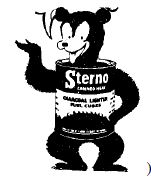
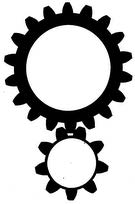
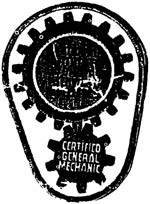
What is a phantom mark?
A mark that contains a changeable or variable element (i.e., phantom element) may be considered a phantom mark. Phantom marks are unregistrable because they violate the rule that a trademark application may only seek to register a single mark. In re Int’l Flavors Fragrances Inc., 183 F.3d 1361 (Fed. Cir. 1999).
Examples of unregistrable phantom marks include application drawings with dashes (–) or X’s (XXXX) to denote numbers and letters that can fill in the blank:
- SHAPE XXXX for educational publications
- NP— and SL— for sealant compounds for joints
What is not a phantom mark?
The line seems a bit fuzzy between unregistrable phantom marks and registrable marks that contain blank spaces. For example, the rental car Enterprise logo was held as registrable and not a phantom mark . . .
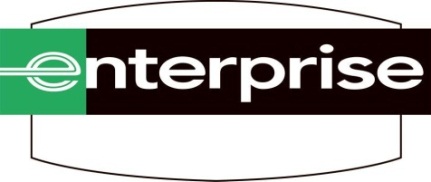
even though the specimens of use showed additional wording in the blank space underneath “enterprise”:


Beware of trademark mutilation and phantom marks
The doctrines of trademark mutilation and phantom marks often go hand-in-hand, especially when the trademark in the application shows a blank space or removes certain design features.
Keep in mind that trademark mutilation refers to the removal or severance of features, while a phantom mark refers to a changeable element that could lead to multiple marks.


